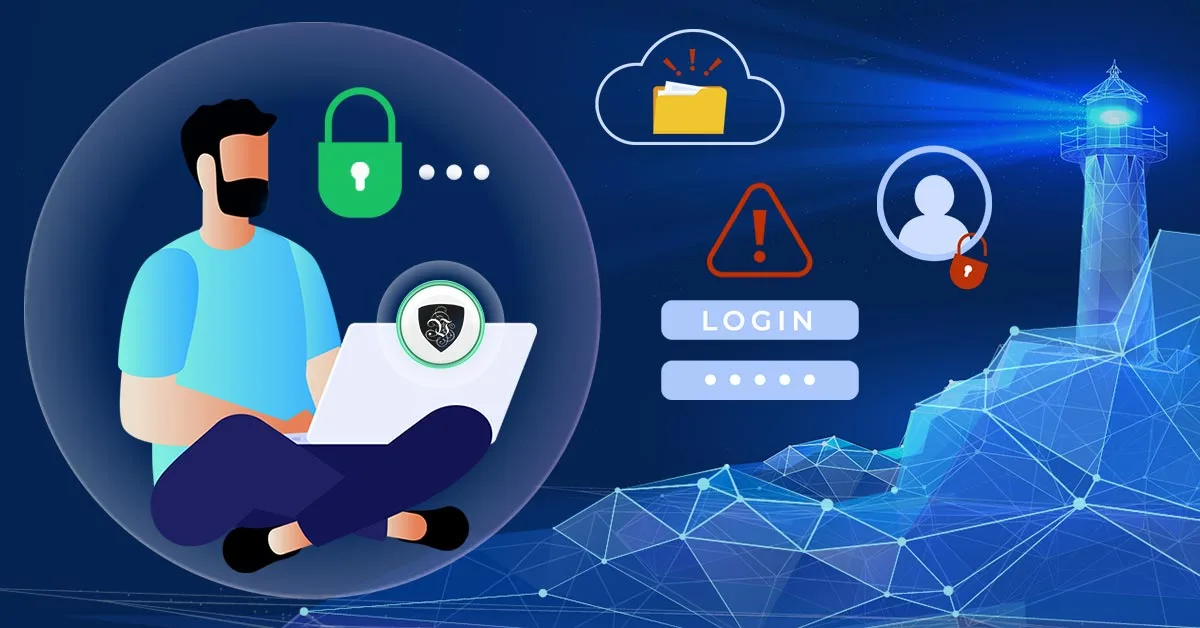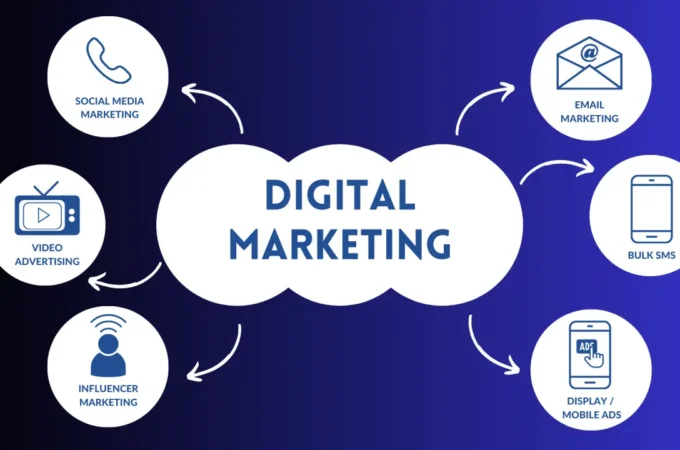
Ways to Secure Your Virtual Property in the Digital Age
The digital landscape has evolved dramatically, and virtual property now extends far beyond simple website domains and social media profiles. Think cryptocurrency wallets, proprietary software, cloud, based intellectual property, and digital creative works; these assets have become increasingly valuable, making them prime targets for cybercriminals. It’s fascinating how virtual property has become just as crucial as physical assets, if not more so, given the sophisticated nature of today’s cyber threats. For any organization looking to protect its digital future, the journey begins with a clear understanding of what digital assets they own and just how valuable these assets truly are.
Table of Contents
ToggleImplementing Strong Access Control Measures
Strong access control isn’t just a nice-to-have; it’s essential for protecting virtual property in our interconnected world. Smart organizations are implementing multi-factor authentication (MFA) across their digital platforms, ensuring users verify their identity through multiple checkpoints. Role-based access control (RBAC) systems have become the gold standard, making sure employees can only access what they need for their specific roles. Regular access audits aren’t just bureaucratic exercises; they’re vital tools for identifying and removing unnecessary permissions that could create security vulnerabilities. During employee transitions, strict protocols for managing access help maintain the integrity of security systems.
Data Encryption and Backup Strategies
In today’s complex digital landscape, many organizations turn to software escrow services to protect their critical intellectual property and ensure business continuity. But that’s just one piece of the puzzle. Robust encryption protocols need to protect data both at rest and in transit, using industry-standard algorithms that stay current with emerging threats. What’s your backup strategy? It needs to be comprehensive, regularly tested, and include multiple copies stored in different locations. Automated backup schedules aren’t just convenient; they’re essential for minimizing the risk of devastating data loss.
Legal Protection and Documentation
The legal side of virtual property protection can’t be overlooked in our digital age. Smart organizations maintain meticulous documentation of ownership rights, licenses, and intellectual property registrations. Keeping terms of service agreements and user policies up to date isn’t just about legal compliance; it’s about establishing clear guidelines that protect digital assets. When dealing with virtual property across borders, international legal frameworks become crucial considerations. Detailed records of digital asset creation, modification, and transfer create an invaluable ownership trail that could prove essential in legal disputes.
Monitoring and Threat Detection
Staying one step ahead of security threats requires sophisticated monitoring systems that never sleep. Modern threat detection tools can spot suspicious activities and unauthorized access attempts as they happen, not hours or days later. Regular security audits and vulnerability assessments aren’t just checkboxes to tick; they’re crucial tools for identifying weak spots before they’re exploited. Having a well-planned incident response strategy isn’t optional anymore; it’s essential for protecting digital assets when (not if) a crisis occurs. Continuous monitoring helps organizations adapt and improve their security measures over time.
Employee Training and Security Awareness
Human error remains one of the biggest risks to virtual property security. That’s why ongoing security awareness training isn’t just important; it’s critical. Modern training programs need to cover everything from password security and phishing awareness to safe browsing habits. But it’s not enough to just deliver the training; materials need regular updates to address new and emerging threats. Creating a culture where security awareness becomes second nature helps prevent accidental breaches and strengthens the overall security posture.
Vendor Management and Third-Party Risk
In today’s interconnected business world, external vendors and service providers often play crucial roles in managing virtual property. That’s why establishing strict security requirements for vendors isn’t just prudent; it’s essential. Detailed service level agreements (SLAs) should clearly outline security responsibilities and requirements. Regular vendor security assessments aren’t just formalities; they’re vital checkpoints that help identify potential risks before they become problems. Managing third-party risk has become an integral part of protecting virtual property in our connected digital ecosystem.
Conclusion
Protecting virtual property in today’s digital landscape requires a sophisticated blend of technical expertise, legal savvy, and human insight. As security threats continue to evolve, organizations must stay agile and responsive in their protection strategies. Regular assessment and updating of security measures isn’t just good practice; it’s essential for survival in the digital age. By embracing comprehensive security strategies and staying alert to emerging threats, organizations can better safeguard their valuable digital assets. Remember, the investment in robust security measures today helps ensure the long-term integrity and value of digital assets tomorrow.


